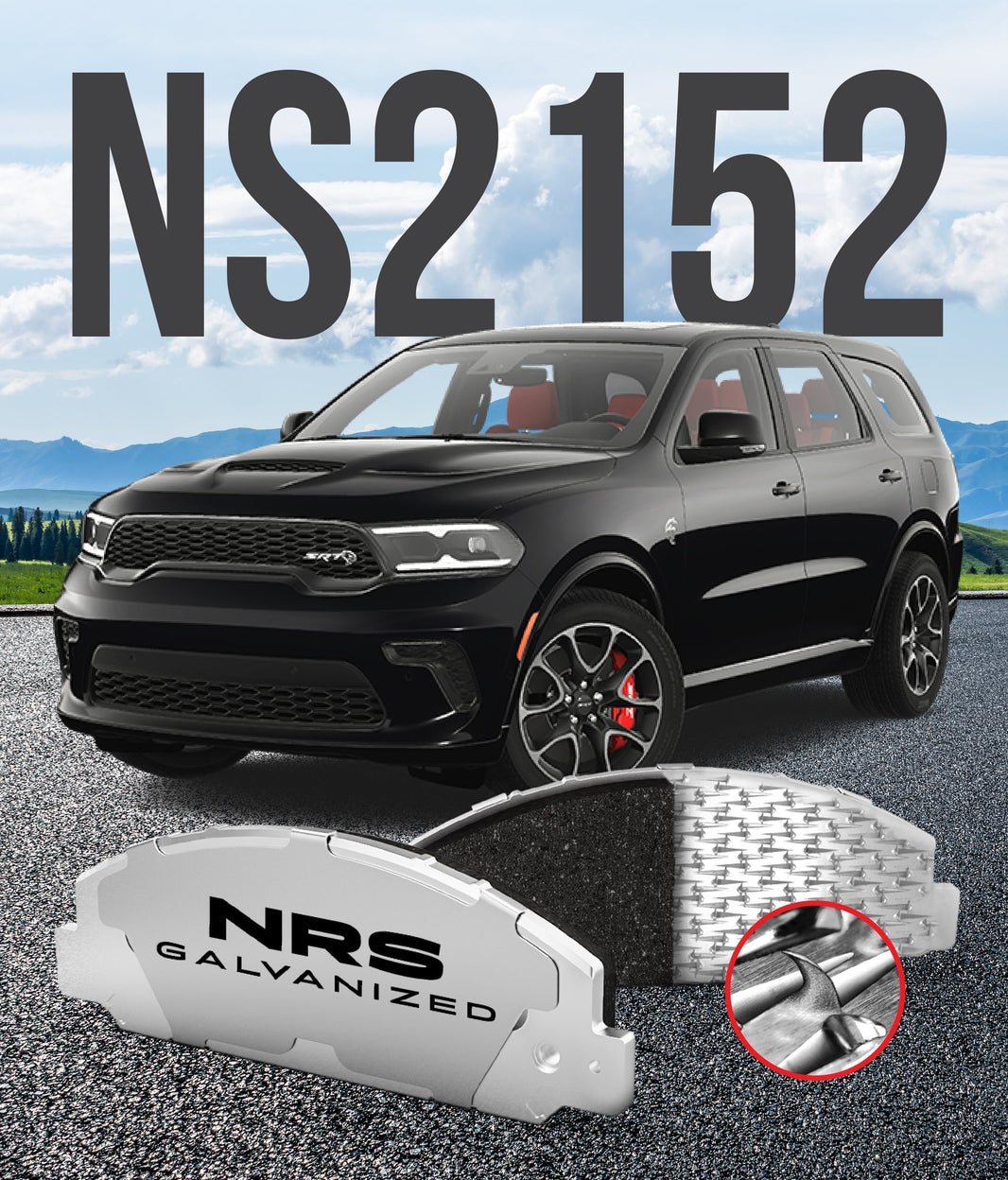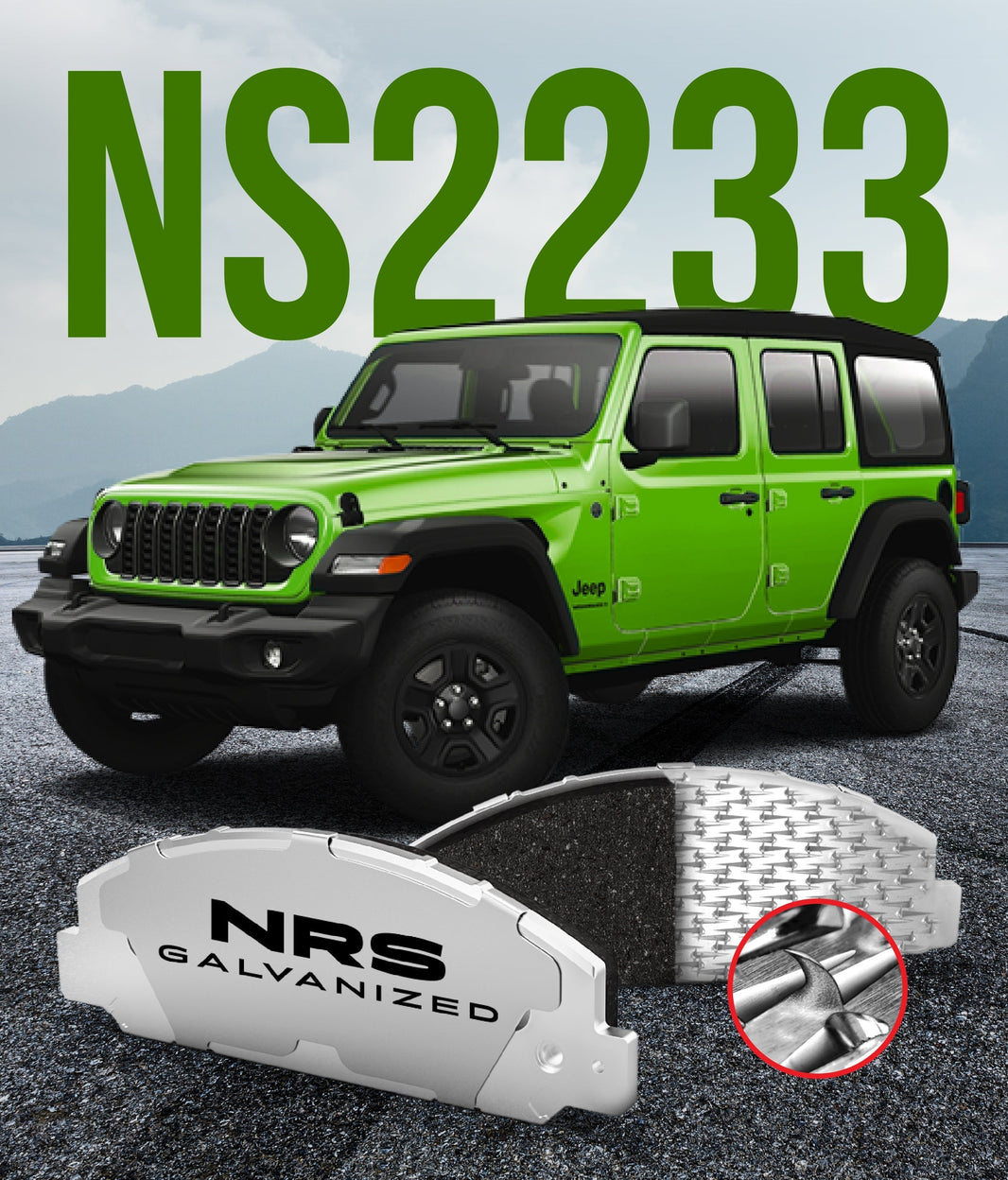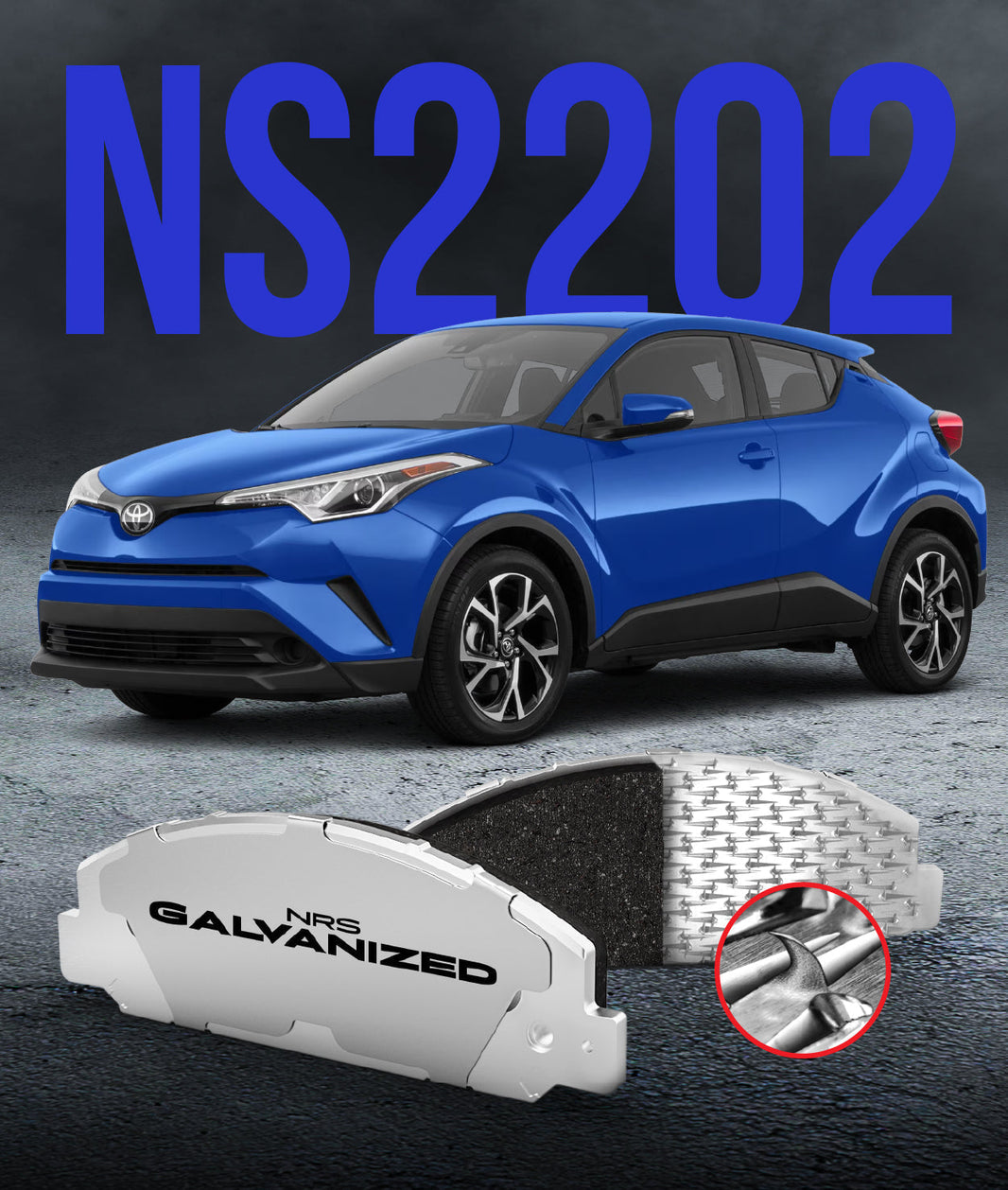
Imagine you are on a long, winding downhill road, the kind that tests both car and driver. You have been applying the brakes consistently to manage your speed around the curves. Suddenly, you notice the pedal feels a little softer, and you have to push it further and harder to get the same response.
What you are experiencing is a dangerous phenomenon known as brake fade. It is a critical safety issue that can affect any vehicle, from a family sedan to a heavy-duty truck. Understanding what brake fade is, why it occurs, and how to prevent it is essential knowledge for any responsible driver.
What Exactly Is Brake Fade?
In the simplest terms, brake fade is the temporary loss of stopping power that happens when your braking system gets too hot. Your brakes work by converting the kinetic energy of your moving car into thermal energy (heat) through friction. When you generate heat faster than the system can shed it, the components become overwhelmed.
Think of it like an athlete sprinting for too long without a rest. Eventually, their muscles get tired and can no longer perform at their peak. Brake fade is the mechanical equivalent of this, where extreme heat causes your brakes to lose their effectiveness right when you need them most.
The Science Behind the Heat: Primary Causes of Brake Fade
The root cause of brake fade is always excessive heat, but that heat can affect different parts of the braking system in different ways. Understanding the specific types of fade helps you identify the right solution. The issue can originate from the pads themselves or from the hydraulic fluid that operates them.
Each type of fade has a unique mechanical cause, though the end result for the driver is dangerously similar. Below, we break down the most common reasons your brakes might lose their bite under pressure.
Pad Fade
This is the most common form of brake fade, and it happens at the point of contact between the brake pad and rotor. Brake pad friction material is held together by specialized phenolic resins. When temperatures exceed the resin's limits, the resin can vaporize, creating a thin layer of hot gas between the pad and the rotor.
This layer of gas acts like a lubricant, dramatically reducing the friction needed to slow your vehicle. Essentially, your brake pad is hydroplaning on a cushion of its own superheated gas. Choosing the right brake pads for performance and safety with higher temperature resins is a primary defense against this.
Fluid Fade
This type of fade originates within the hydraulic system. Most brake fluids are hygroscopic, which means they absorb moisture from the atmosphere over time. This water contamination significantly lowers the boiling point of the brake fluid.
When you brake heavily and heat up the calipers, that heat transfers to the fluid. If the contaminated fluid boils, it creates compressible steam bubbles in the brake lines. When you press the pedal, you are now compressing these gas bubbles instead of applying force to the pads, leading to a soft, spongy pedal feel.
Green Fade
This is a specific, temporary type of fade that can occur with a brand-new set of brake pads. The name refers to the "green" or uncured state of the resins within the new friction material. During the first few hard stops, these resins cure and release gases.
This is a normal part of the break-in or "bedding-in" process for many new pads. Once the pads have been properly bedded-in according to the manufacturer's instructions, green fade will no longer be an issue. It highlights the importance of preparing new brake components correctly.
Recognizing the Symptoms of Brake Fade
The warning signs of brake fade can be subtle at first but become more pronounced as the problem worsens. Being able to recognize these symptoms early is critical for your safety. If you experience any of the following, you should pull over as soon as it is safe to do so and let your brakes cool down.
-
A soft or spongy brake pedal that travels closer to the floor than usual.
-
A noticeable reduction in stopping power, forcing you to apply much more pedal pressure.
-
A distinct, sharp burning smell coming from the wheel area.
-
In severe instances, the pedal may go all the way to the floor with almost no braking action.
A Proactive Approach: How to Prevent Brake Fade
The best way to deal with brake fade is to prevent it from happening in the first place. This involves a combination of smart driving habits, proper vehicle maintenance, and selecting the right components. A proactive strategy will ensure your brakes are ready to perform under pressure.
Taking these steps will not only give you a greater margin of safety but will also improve your driving confidence in demanding situations.
-
Upgrade Your Brake Components: The most effective solution is to use parts designed for high performance. Upgrading to high-temperature ceramic or performance semi-metallic brake pads can make a significant difference in heat resistance.
-
Maintain Your Brake Fluid: Because fluid fade is so common, regular maintenance is key. Flush and replace your brake fluid according to your vehicle’s recommended service interval, typically every two to three years.
-
Adjust Your Driving Technique: On long, steep downhill sections, shift your transmission to a lower gear. This uses engine braking to help control your speed, reducing the load on your brakes and keeping them cooler.
-
Avoid "Riding" the Brakes: Rest your foot elsewhere instead of constantly applying light pressure to the brake pedal. This habit generates constant heat with very little benefit, setting the stage for brake fade.
-
Ensure Full System Integrity: All the main parts of a braking system must work correctly. Issues like sticking caliper pistons can cause a pad to drag, generating excessive heat and leading to fade.
The Role of Quality Components
Your choice of brake parts plays a direct role in preventing fade. High-quality components use superior materials and engineering to manage heat more effectively. A performance pad, for example, will use resins and friction compounds designed to maintain their integrity at temperatures where an OEM pad would fail.
Beyond the friction material, the construction of the pad is also vital. The bond between the friction material and its steel backing plate must be incredibly strong. A failure of this bond, known as brake pad delamination, is a catastrophic event that can be caused by the same extreme heat that leads to fade.
Conclusion: Confidence When It Counts
Brake fade is a serious safety concern that results from pushing your braking system beyond its thermal limits. It can be caused by overworked pads, boiled brake fluid, or a combination of factors. Fortunately, it is also highly preventable.
By using proper driving techniques, performing regular maintenance, and choosing high-quality brake components designed for your needs, you can ensure your brakes remain responsive and reliable. As a company dedicated to braking safety, we have engineered what we believe are the Best Brake Pads available, using mechanically attached friction material on galvanized backing plates to prevent failures even under extreme conditions. Investing in good brakes is a direct investment in your peace of mind on the road.
Have you ever experienced brake fade, and what steps have you taken to prevent it?




